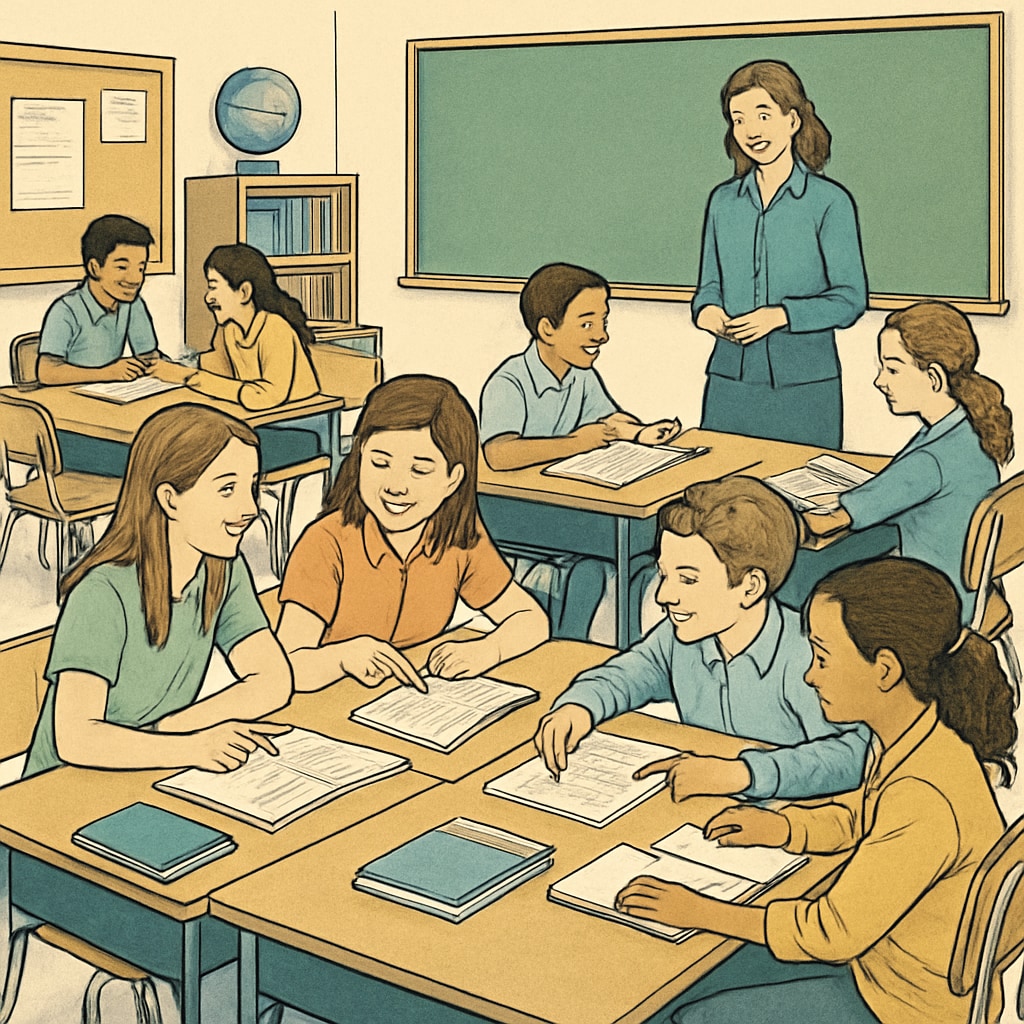Are you passionate about discovering effective learning strategies for K12 students? We are conducting a comprehensive research survey on learning methods to better understand what works best for students, parents, and educators. By taking part in this study, you can contribute valuable insights and help shape a more effective educational future. The survey is quick, easy to complete, and includes a simple form (表格) designed to capture your experiences and perspectives.
Why Focus on K12 Learning Methods?
The K12 stage is a critical period in a student’s academic journey. It lays the foundation for lifelong learning and personal development. However, not all students learn in the same way, and traditional teaching methods may not always meet diverse learning needs. This is why our research aims to explore various learning strategies and identify those that truly enhance student engagement and academic performance.
For example, some students benefit from hands-on, project-based learning, while others thrive in environments that emphasize structured schedules and repetition. Understanding these differences is essential for creating a more inclusive and effective educational system.

Who Can Participate in the Research?
We welcome participation from a broad spectrum of individuals involved in K12 education:
- Students: Share your experiences and what helps you learn best.
- Parents: Provide insights into study habits and methods that have worked for your children.
- Educators: Contribute your professional expertise and observations from the classroom.
Your input will play a crucial role in identifying successful strategies and addressing educational challenges faced by students today.
How to Participate in the Survey?
Participation is straightforward and takes only a few minutes. Simply fill out the provided form (表格) with your responses to a series of questions about learning methods and experiences. All data collected will be used solely for research purposes and kept confidential. This is your opportunity to make a meaningful impact on the future of education.
Additionally, the findings will be shared with the broader educational community, empowering schools, teachers, and parents to implement evidence-based strategies that improve learning outcomes.

Why Your Contribution Matters
Education is a collaborative effort, and every voice counts. By participating in this survey, you are contributing to a body of knowledge that could lead to:
- Improved teaching methods tailored to diverse learning styles.
- Better student engagement and performance in the classroom.
- Stronger partnerships between parents, teachers, and students.
Moreover, your input can provide insights into emerging trends in education, such as the use of technology in learning, personalized study plans, and innovative teaching methodologies.
The Broader Impact of the Research
Our goal extends beyond identifying effective learning methods; we aim to equip educators and parents with actionable strategies that make a difference. For example, findings from similar studies have already influenced educational policy and classroom practices globally. You can read more about the importance of education research in resources like Educational Research on Wikipedia or explore practical applications on platforms like Education on Britannica.
By joining this initiative, you are helping to bridge the gap between theoretical knowledge and practical application, ensuring that every student has the opportunity to succeed.
Take action today! Participate in our K12 learning methods survey and become part of a community dedicated to improving education for all.
Readability guidance: We’ve kept the content concise, used short paragraphs for clarity, and included lists to summarize key points. Transition words like “for example,” “in addition,” and “as a result” help ensure smooth reading, while images enhance the visual experience and support the content.


